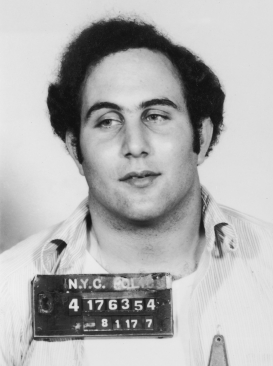
Introduction
David Berkowitz, infamously known as the ‘Son of Sam’, rose to notoriety as one of the most infamous serial killers in American history.
This topic remains relevant decades later due to its impact on society, law enforcement, and public perceptions of crime. Understanding Berkowitz’s story sheds light on the complexities of mental health, criminal behavior, and societal fears that persist today.
Background and Crimes
Born on June 1, 1953, in Brooklyn, New York, Berkowitz was adopted at a young age by the Berkowitz family. His troubled childhood contributed to a sense of isolation, which intensified as he grew older. By the summer of 1976, he began a year-long killing spree that would shake New York City to its core, claiming six lives and injuring seven others.
Berkowitz’s choice of victims appeared random at first, drawing significant media attention and instilling fear throughout the city. He taunted police and the press through letters, famously signing them as the ‘Son of Sam’. His eerie calls for a ‘demon’ dog that commanded him to kill added an element of complexity to his narrative, prompting the public to speculate about his mental state.
Capture and Aftermath
After an intensive manhunt, Berkowitz was arrested on August 10, 1977, due to a parking ticket that was issued for his vehicle, which matched a description given by witnesses. In 1978, he pled guilty to the murders and was sentenced to six consecutive 25-to-life terms in prison.
Over the years, Berkowitz has claimed to have undergone a religious transformation, asserting that he found faith while serving his sentence. His story has continued to spark interest, resulting in various books, documentaries, and films that analyze his psyche and motivations.
Conclusion
The story of David Berkowitz remains significant not just as a tale of crime, but as a complex phenomenon involving mental health, nature versus nurture, and the societal response to violence. Understanding his actions and the responses that followed offers important lessons in psychology and criminology.
As we process the legacy of such figures, we continue to grapple with the nature of evil and how society can address the underlying issues that lead to tragedies. Reflecting on Berkowitz’s life reminds us that behind every sensational story, there are deeper human struggles and systemic challenges that require continual examination.

